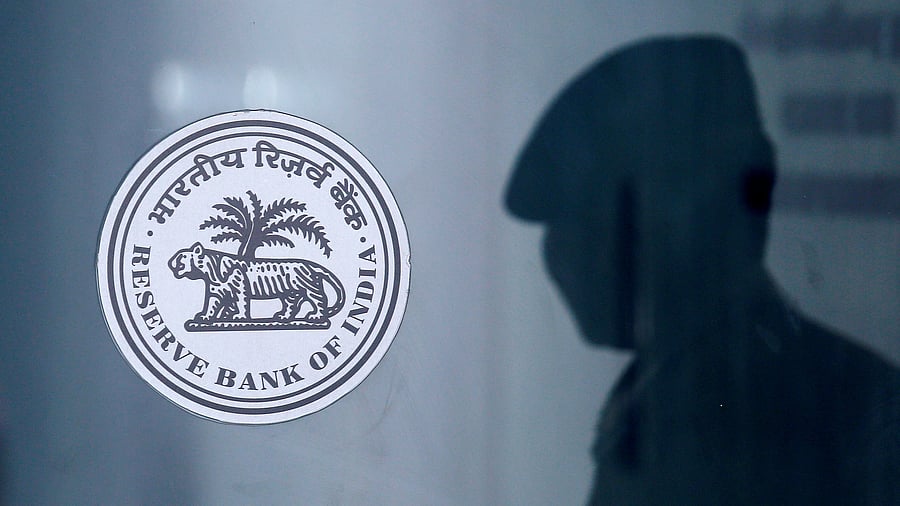
The unanimous decision of the six-member Monetary Policy Committee (MPC) of the RBI to maintain status quo on the policy rates and to continue the accommodative stance, albeit with a rider of withdrawing this stance if inflation remains out of the comfort zone amplifies two important factors: One, RBI is helpless in dealing with rising inflation on account of supply-side ‘bottlenecks’ wherein the role of the government/fiscal measures becomes critical, such as reducing excise duties on petrol and diesel, increase in capital expenditure in growth triggering sectors like infrastructure, road, etc; two, RBI has partly atoned for its past mistakes of overestimating growth and underestimating inflation and treating the effects of inflation as ‘transitory’.
RBI Governor Shaktikanta Das has increased CPI inflation projection to 5.7% for the full year 2022-23 from the earlier projection of 4.5%. RBI has also increased CPI inflation to 6.3% for the April-June quarter of FY23 from the earlier 4.9% but has questionably retained the Q2 position (July-Sept) inflation at 5%. The frequent changing of goalposts citing ‘geopolitical factors’ and forecasting inflation figures always near to the upper end of the mandated range of 2-6% will affect the credibility of the institution. CPI inflation has been above the 6% tolerance limit of the RBI both in January (6.01%) and in February (6.07%). As per the mandate, RBI is bound to raise the repo rates if CPI inflation is above the tolerance limit of 6% consecutively for three quarters.
It is the same with growth forecasts, which have been grossly overstated. GDP growth has now been revised downward to 7.2% for FY23 from 7.8%, which is a huge divergence. The forecast is now based on crude oil at $100 per barrel.
The repo rate, the rate at which banks borrow from RBI, is unchanged at 4%. The repo rate was last reduced in May 2020. The reverse repo rate, the rate that RBI offers to banks on excess funds parked with it, also remains unchanged at 3.35%. Interestingly, and correctly, the policy has come out with ‘monetary instruments’: One, the Standard Deposit Facility (SDF) at 25 bps lower than policy rate, presently at 4%, to absorb excess liquidity, which is presently around Rs 8 lakh crore in the market. SDF is without the constraint of a ‘collateral requirement’; two, the Marginal Standing Facility (MSF), which is a window for banks to borrow from RBI at 25 bps above the repo rate to inject liquidity.
Effectively, the Liquidity Adjustment Facility (LAF) corridor has now been narrowed to 50 bps, keeping repo at the centre at 4%. This smart move by RBI is the ‘first step’ to move away from the ultra-loose monetary policy adopted during the pandemic, and a signal for rate hikes from June/September 2022 onwards.
The above policy tweaking can impact the public and companies in the following ways:
1. Fixed Deposit rates offered by banks will increase. It is desirable for the depositors/senior citizens to ‘lock in’ FDs at higher rates for longer tenures.
2. Rate of interest on corporate loans will shoot up as the rates are not linked to an external benchmark. Banks link their lending rates to corporates to their Marginal Cost of Lending Rates (MCLR) which is getting costlier.
3. Since RBI has signalled the gradual withdrawal of ‘accommodative stance’, expect an increase in repo rate from its present 4% after June/September 2022. Since interest rates on priority sector loans, retail loans such as housing, vehicle and personal loans, are mandated to be linked to an external benchmark, which is mostly linked to the repo rate, the interest rates on these loans will increase from July/September 2022 onwards. It would be prudent for home-buyers to avail housing loans before the rate hikes, with the advantage of the current historic low rates on housing loans at between 6-6.6%.
To promote the real estate sector and to push banks to lend for housing, which has a multiplier effect on the economy, RBI has continued the ‘risk weights’ to be assigned only to the loan-to-value (LTV) ratio for all new housing loans sanctioned up to March 31, 2023. This will trigger positive credit growth in the economy.
Das was optimistic that the economy can withstand the ‘war and volatility’ headwinds with the sizeable forex reserves of $606.5 bn, manageable current account deficit, and a robust financial sector.
Since RBI or the government have no control over the collateral damage that Putin’s war can cause — with perhaps a surge in crude oil prices to above $102/barrel, increase in commodity and metal prices — and with the US Federal Reserve determined to hike interest rates, Das concluded with a philosophical quote from Mahatma Gandhi: “It is faith that cheers us through stormy seas, faith that moves mountains, and faith that jumps across the ocean.”